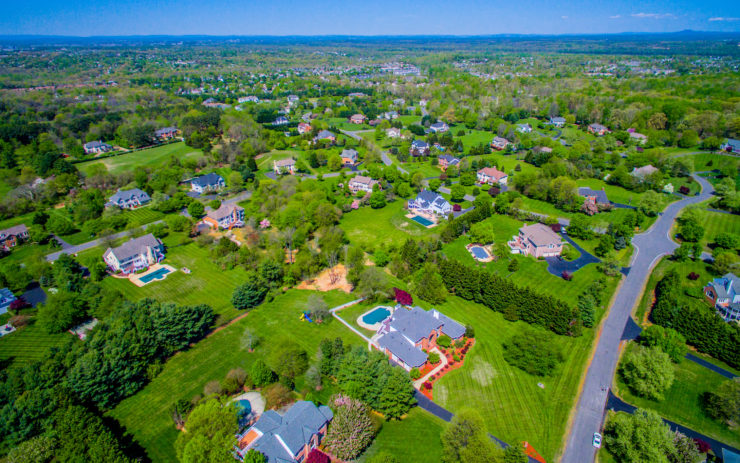Answers to the Most Common Drone Questions
Drones, also called unmanned aircraft systems (UAS), have skyrocketed into the mainstream and are widely used for recreational and professional use. Think of a specific industry, and chances are you will find that drones are being used in some capacity. Drones have also become a recreational pastime, one that even children participate in. However, flying a drone without the proper knowledge of Federal Aviation Administration (FAA) rules and regulations regarding UAS flight can quickly get you into hot water and ground your drone permanently.

We’ve compiled a list of common Drone questions and answers.
Q: Can I legally take pictures and videos with my drone?
A: The simple answer is yes. Keep in mind that there are guidelines for drone flight regarding altitude limitations and allowable airspace. So long as you stay out of no-fly zones, drone flight is unrestricted.
Note: Due to rising concerns for privacy raised by the increase in aerial photography, which can have legal and liability implications, the FAA is currently working on rules and regulations specifically regarding camera use in reference to drones. Until then, use of drone photography and videography is legal.
Q: Where can drones be flown?
A: The FAA defines the maximum height allowable for recreational drone flight as 400 feet. You must keep your drone a minimum of 5 miles from airports, unless you have informed air traffic control. You’ll also want to keep your drone away from manned aircraft, and always in your line of site. The FAA web site outlines these restrictions very clearly in their UAS informational web site.
Q: I want to attach my Go Pro, what kind of drone should I get?
A: You’ll want to look for two very specific features:
- Your drone needs to have an attachment mount in order to attach the Go Pro. You can purchase this mount separately, or save money and buy a drone that already has a mount attached to the drone.
- Your drone needs to be able to support the weight of the Go Pro. This will require the purchase of a larger drone. You can usually see the weight limitations on manufacturer specs if shopping online, and it will also be listed on the packaging of your drone.
Q: Do I need to register my drone?
A: The FAA requires that any drone weighing more than 0.55 lbs. and less than 55 lbs. needs to be registered to legally occupy U.S. airspace. Any drone above 55 lbs. will have to be registered through the Aircraft Registry Process.
Q: What happens if I lose sight of my drone?
A: If you purchase a drone with a Return to Land (RTL) feature, and your drone is GPS enabled, it will automatically return to the point of takeoff if the drone flies out of range. Many drones will also have a manual RTL option that requires you to push a button, or engage a command, to bring your drone back to the takeoff spot.
Q: What if the battery on my drone dies mid-flight?
A: Normally, a very ugly crash landing would happen if your battery dies while the drone is in flight. However, newer drones have warning systems that will tell you if your battery is about to fail so that you can land the drone quickly and safely. The RTL option will help you locate your drone if it runs out of battery life mid-flight. It is always a good idea to make sure your drone is fully charged before flight.
Q: My drone will be for professional use, what are the guidelines for this?
A: Professional use falls under the small UAS rule (14 CFR Part 107). This requires that the operator hold a remote pilot license, and the aircraft must go through pre-flight checks before flight.
Regulations for flight are like recreational use, in that all aircraft over 0.55 lbs. must be registered, aircraft must be kept in sight, flights must occur during the day, and flights must be kept under 400 ft. at a speed no greater than 100 mph. You may also not fly from a moving vehicle, nor can you fly over people.
This might cause a dilemma if your professional use entails capturing views of a crowd at a concert or sporting event. In those cases, you will need to file for a section 333 waiver, in which you provide your specific safety plan for use outside of regulations, so that you can operate safely and legally.
|